13 Genius Gardening Hacks Every Gardener Should Know
Gardening can feel much easier when you know a few clever tricks that save time and effort. With the right tips, you can help your plants grow healthier and make your outdoor space more enjoyable. From planting techniques to ways of reusing everyday items, there are plenty of ideas that can help. As you read on, you will see how small changes can make a big difference in your garden. Try these suggestions and watch your plants grow while you enjoy the process.
This post may contain affiliate links, which helps keep this content free. Please read our disclosure for more info.
Use Coffee Grounds as Plant Food
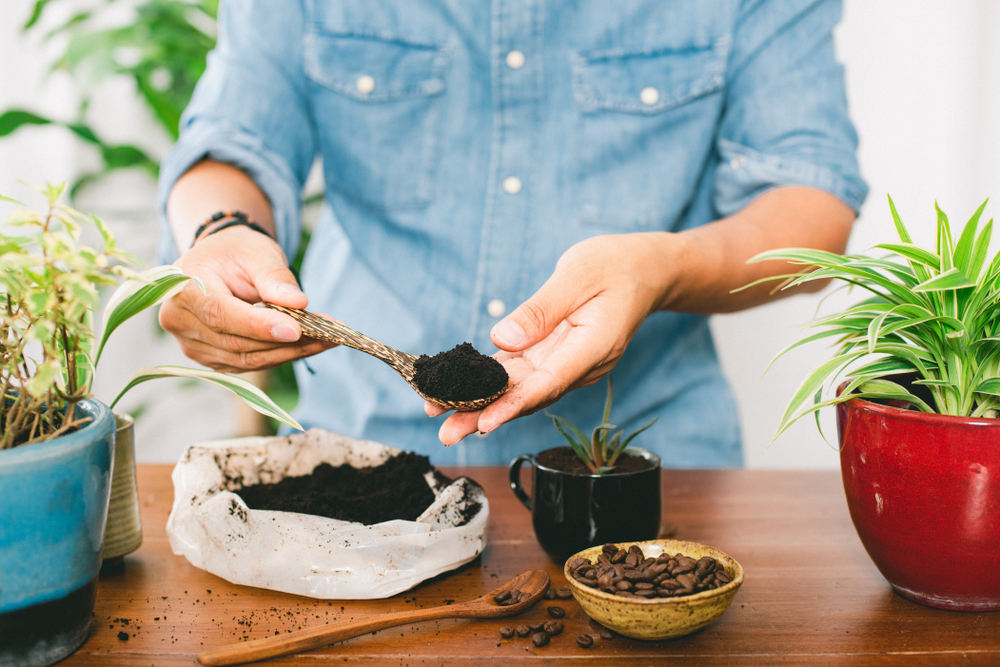
Coffee grounds can be added to the soil to give plants a natural source of nitrogen. This nutrient supports strong leaf growth and improves overall plant health. Spreading grounds around acid-loving plants like blueberries and azaleas can give them an extra boost. The texture also helps improve soil drainage over time.
Used coffee grounds can be mixed into compost for a balanced addition. They break down well and add valuable organic matter. Worms are drawn to coffee grounds, which can help aerate your soil. This simple practice can turn kitchen waste into a helpful garden resource.
Save Rainwater for Irrigation
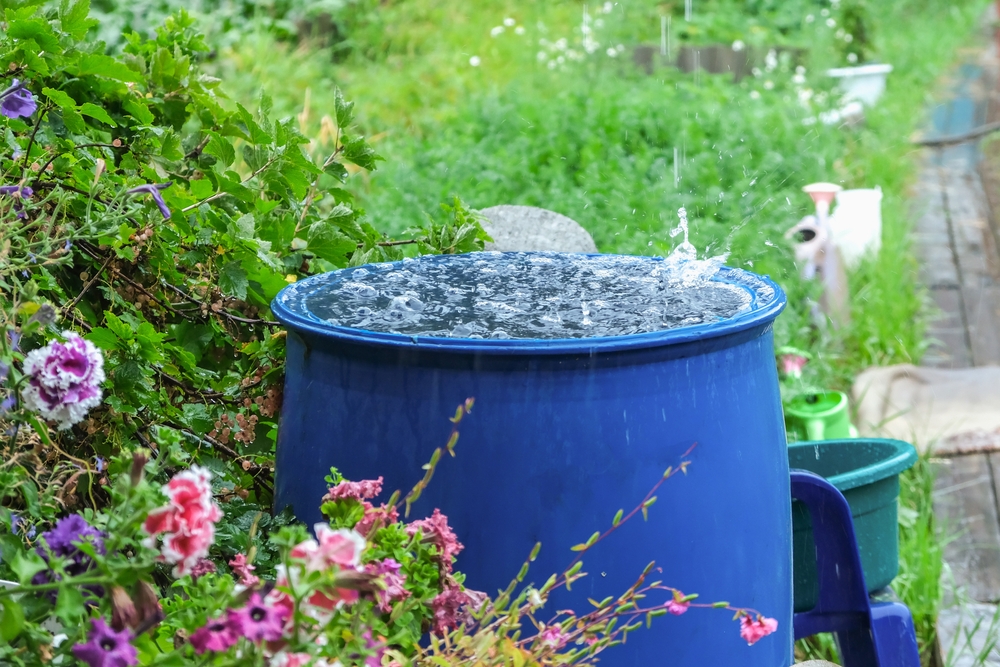
Collecting rainwater is an effective way to water your garden while reducing utility costs. A rain barrel placed under a downspout can store a significant amount of water. Plants benefit because rainwater is free from treatment chemicals found in tap water. This method is especially helpful during dry spells.
You can use the stored water for vegetables, flowers, and potted plants. A simple spigot or hose connection makes it easy to fill watering cans. Keeping the barrel covered prevents mosquitoes from breeding. This is a sustainable way to keep your garden hydrated.
Plant Marigolds to Deter Pests
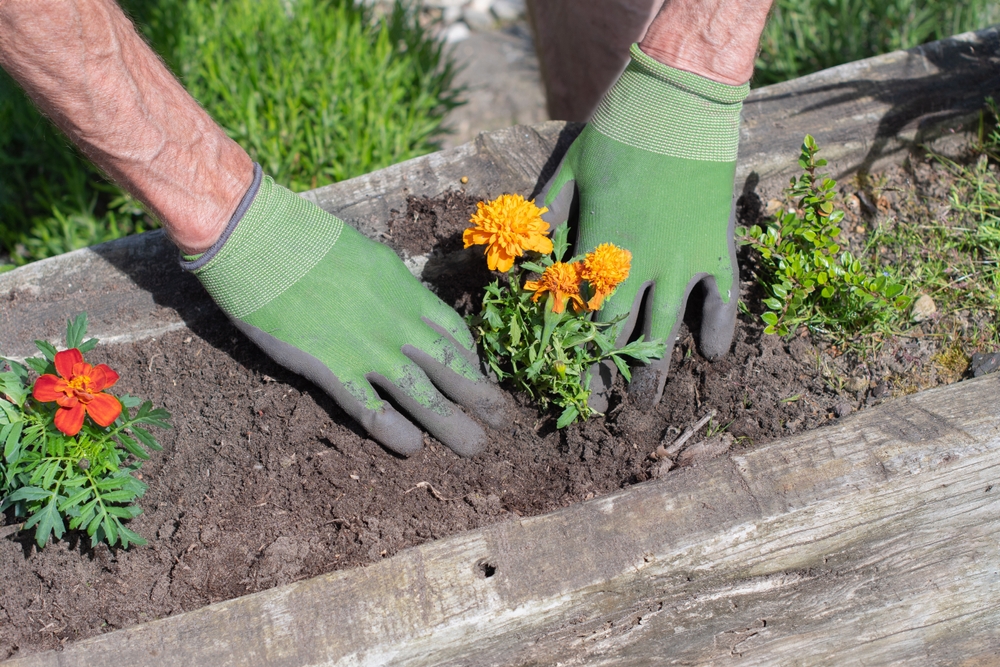
Marigolds release a natural scent that discourages certain insects from entering your garden. They are often planted alongside vegetables to help protect them from pests. Their bright blooms also attract pollinators, which are important for crop production. Marigolds grow easily in most soil types.
They can be placed in borders, raised beds, or containers. Some gardeners use them as a living barrier to protect tomatoes, beans, and peppers. The flowers bloom for a long season, adding both beauty and function. This is a low-maintenance method to keep your garden healthier.
Use Eggshells to Enrich the Soil

Crushed eggshells can be added to the soil to provide calcium, which is essential for plant cell structure. They help prevent problems like blossom-end rot in tomatoes and peppers. Eggshells can also improve soil texture and drainage. Rinse them before use to avoid attracting pests.
They can be sprinkled directly around plants or added to compost. Over time, they break down and release minerals into the soil. Some gardeners place larger shell pieces around plants to deter slugs and snails. This is a simple way to recycle kitchen waste for the garden’s benefit.
Try Companion Planting for Better Growth
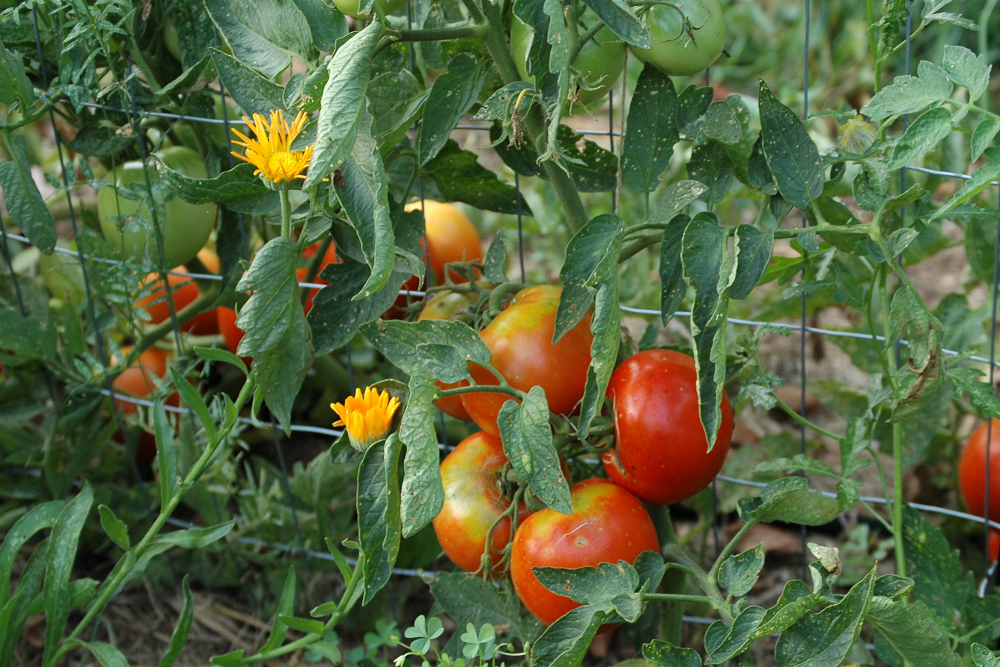
Companion planting is the practice of growing certain plants together for mutual benefit. Some plants can improve soil conditions or deter pests for their neighbors. For example, basil planted near tomatoes can help repel insects. Other combinations encourage pollination and stronger yields.
Charts are available to help you choose the right partners. This method can make better use of your growing space. It also reduces the need for chemical pest control. Thoughtful plant pairings can lead to healthier crops and a more productive garden.
Mulch to Conserve Moisture
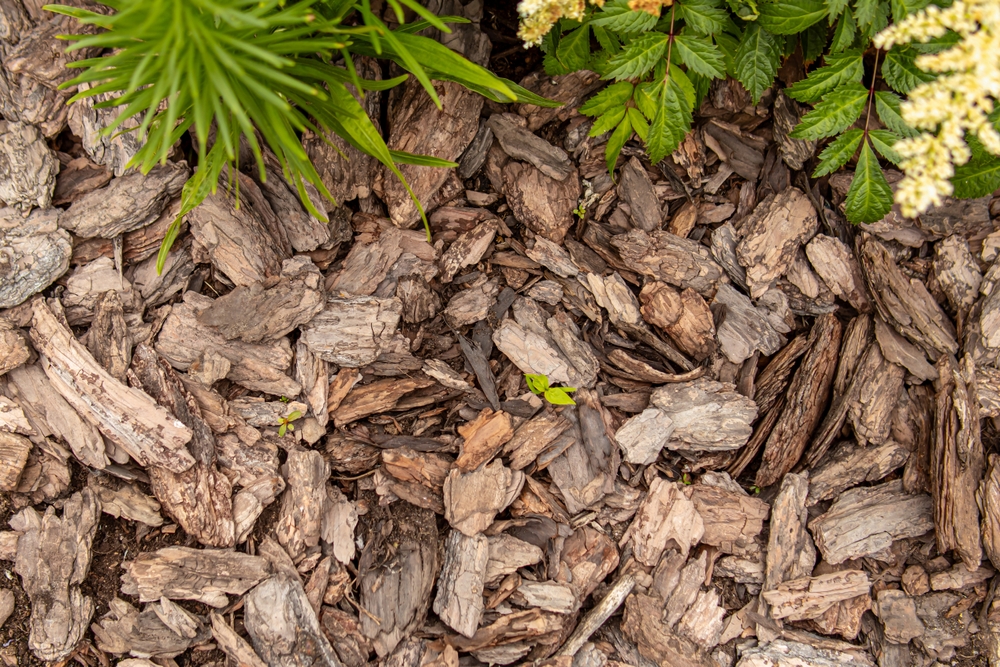
A layer of mulch over the soil helps retain moisture, which means less frequent watering. Mulch also keeps the soil temperature steady and blocks weed growth. Organic mulches, such as shredded bark or straw, add nutrients as they break down. Mulching is especially useful in hot climates.
You can apply mulch around flowers, vegetables, and shrubs. Avoid piling it directly against plant stems to prevent rot. Refresh the mulch layer as needed to maintain its benefits. This is a reliable way to improve the health of your garden beds.
Rotate Crops Each Year
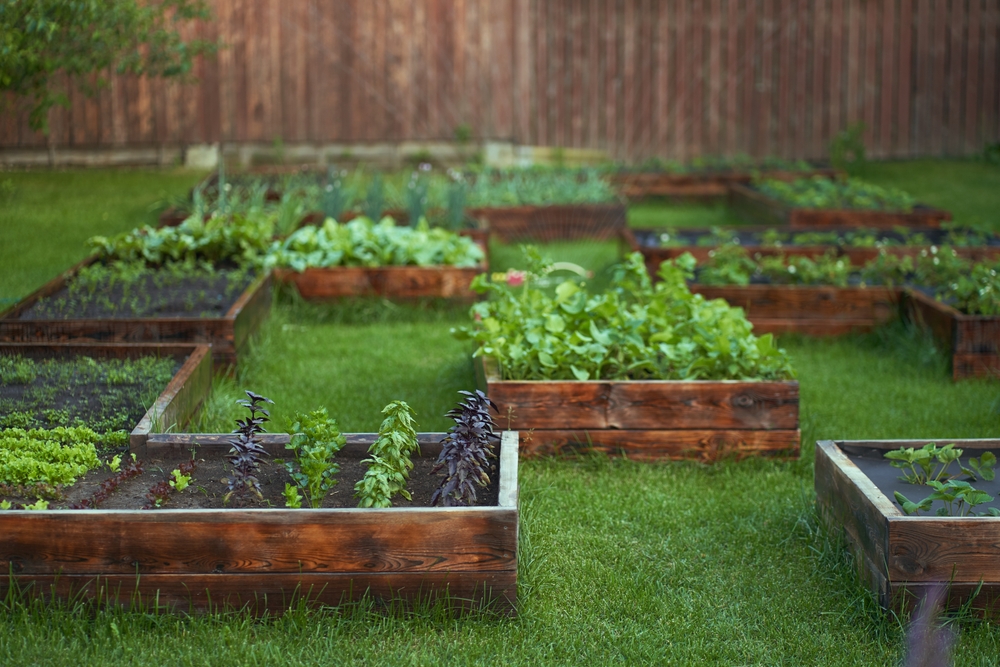
Growing the same plants in the same spot every year can lead to soil nutrient depletion. Crop rotation helps balance soil health and reduce the risk of disease. This method involves changing the planting location of each crop annually. It is a common practice in vegetable gardening.
Rotating crops can also help control pests that return to the same plant family each season. Keep a simple garden map to track where each crop was planted. Over time, you will notice healthier growth and fewer issues. This technique supports long-term soil fertility.
Grow Vertically to Save Space
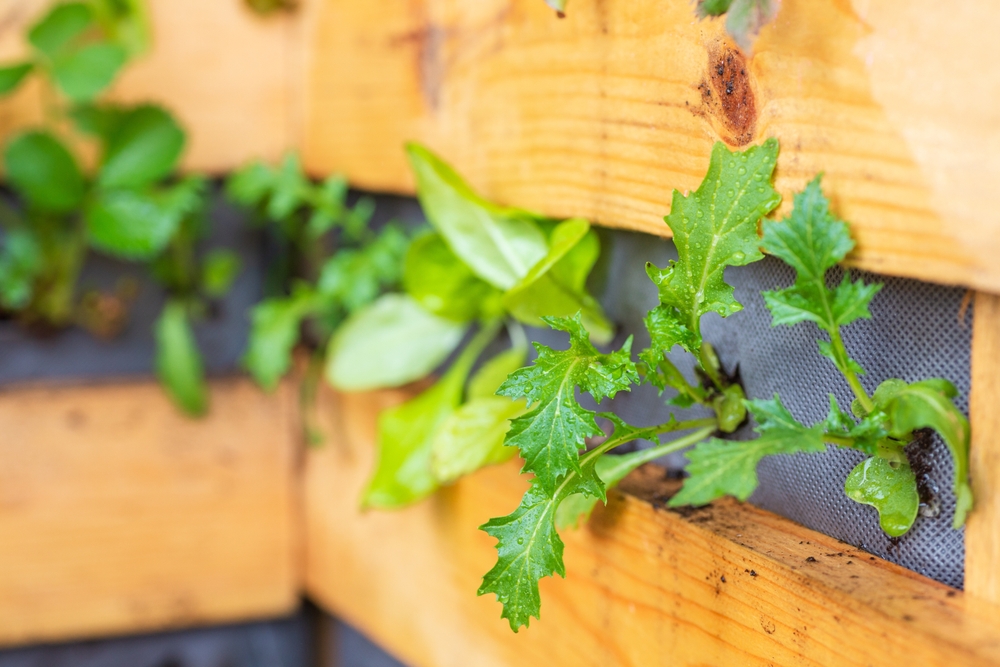
Vertical gardening uses trellises, stakes, or wall planters to grow plants upward. This method saves space and makes harvesting easier. Crops like cucumbers, beans, and peas thrive when grown vertically. It also improves air circulation, which can reduce disease risk.
You can use simple structures made from wood, wire, or recycled materials. Vertical gardens work well for small yards and balconies. They can also create shade for plants that prefer cooler conditions. This approach adds both function and visual interest to your space.
Use Baking Soda to Prevent Fungal Issues
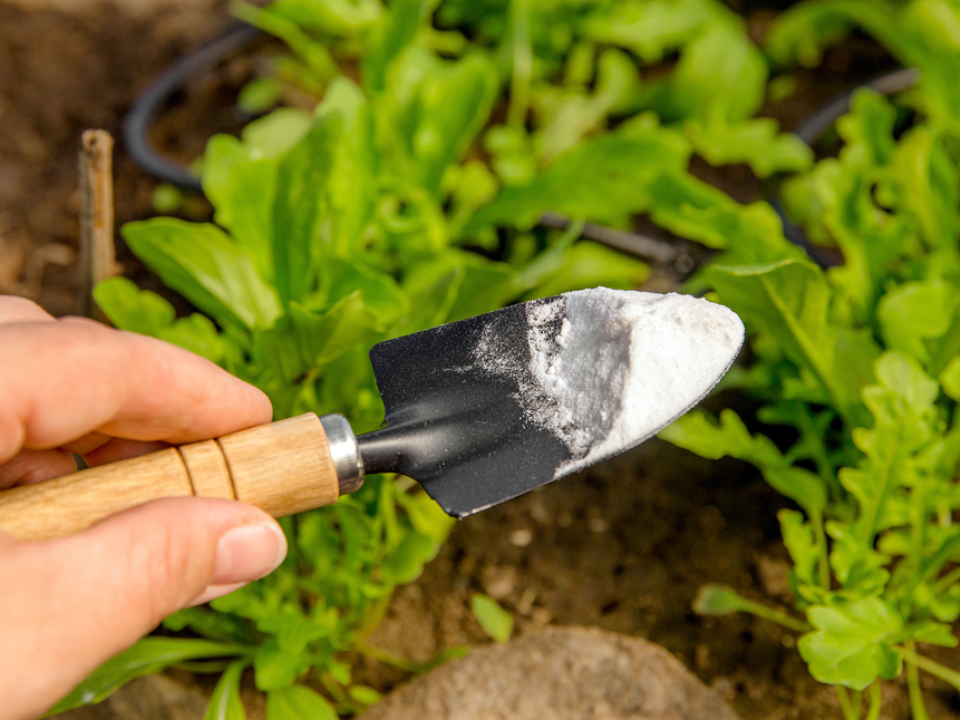
Baking soda can help reduce fungal growth on plant leaves. A light spray made with water, baking soda, and a small amount of mild soap can be applied to affected areas. This mixture is often used for powdery mildew on vegetables and flowers. Consistent application can help keep plants healthier.
Always test the spray on a small section first to check for leaf sensitivity. Apply in the early morning or evening to avoid leaf burn. It works best when combined with good watering practices and airflow. This is a gentle solution for common garden problems.
Attract Beneficial Insects
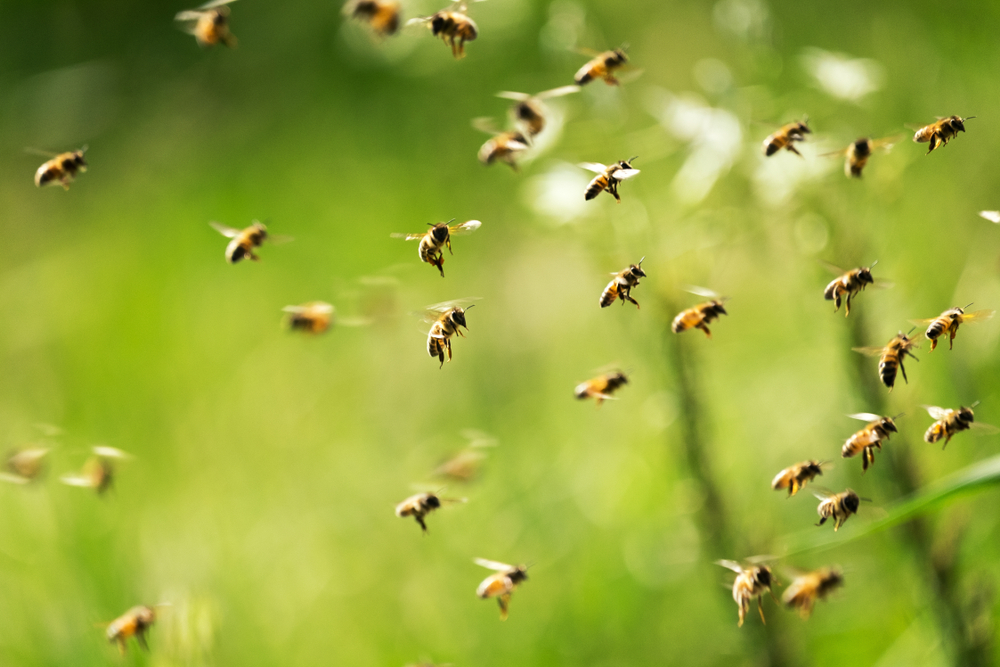
Encouraging certain insects can help protect your garden naturally. Ladybugs, lacewings, and bees are examples of beneficial species. They help control pests and improve pollination. Planting a variety of flowers can make your garden more inviting to them.
Avoid using strong pesticides that can harm these helpful insects. Some gardeners provide small water sources to keep them around. Flowering herbs like dill and cilantro are especially good attractants. Supporting these insects benefits both the plants and the overall balance of the garden.
Reuse Plastic Bottles for Mini Greenhouses
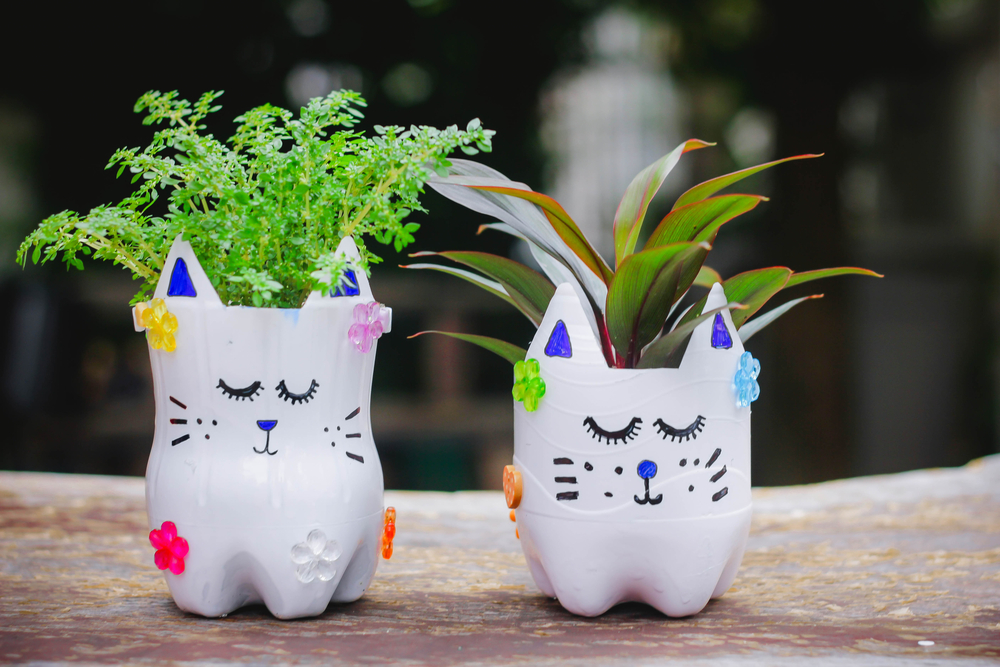
Cutting plastic bottles in half can create small protective covers for young plants. These covers help trap warmth and protect seedlings from wind. They also shield delicate plants from pests during early growth stages. This idea is especially helpful in cooler climates.
The bottles can be removed once plants are established. Clear plastic allows sunlight to pass through while keeping moisture inside. This reuse keeps plastic out of the trash and puts it to good use in the garden. It is a simple and inexpensive way to support seedlings.
Use Banana Peels as Fertilizer
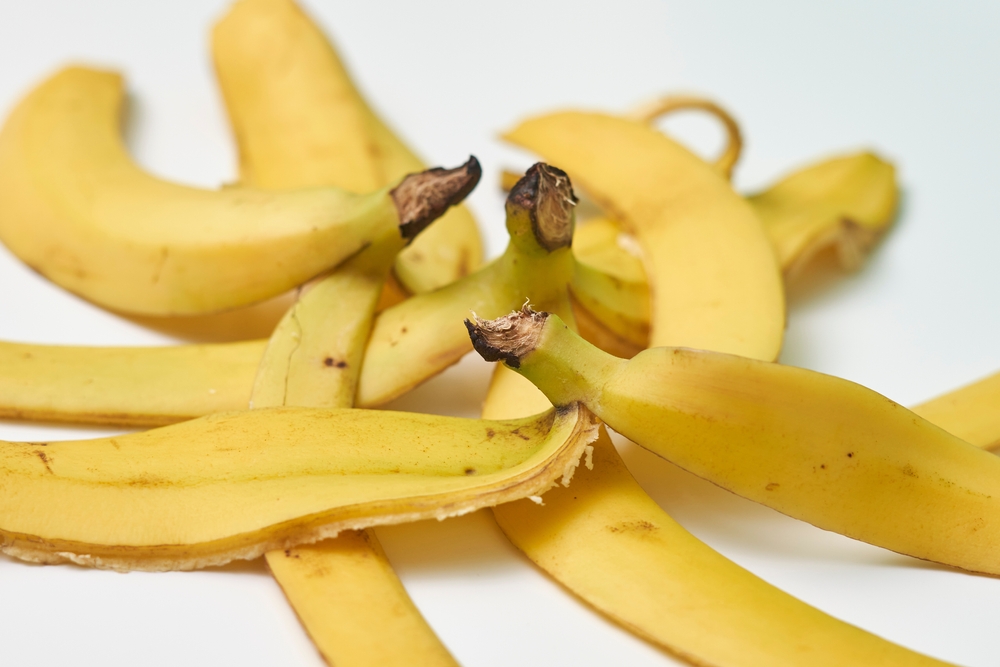
Banana peels are rich in potassium and phosphorus, which are key nutrients for plant growth. They can be chopped and buried in the soil near plant roots. This allows them to break down and feed the plants over time. Roses, tomatoes, and peppers respond especially well.
Some gardeners blend banana peels with water to make a liquid fertilizer. This can be poured directly onto the soil for quicker nutrient release. Peels can also be added to compost bins. This is an easy way to recycle food waste into plant food.
Use Strawberries as Ground Cover
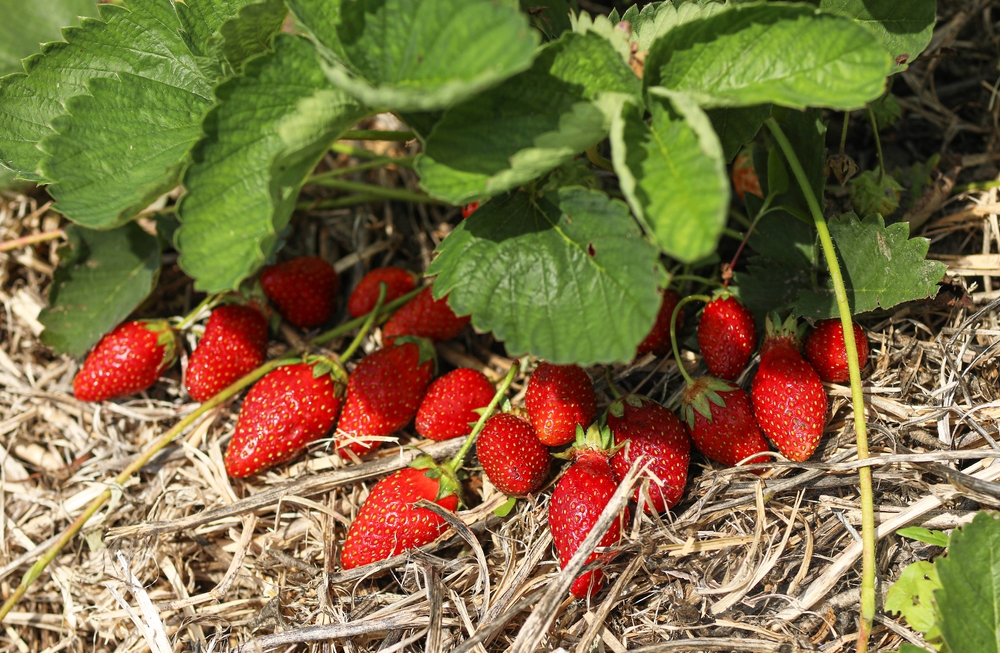
Strawberries can serve as both a crop and a natural ground cover. They spread to fill space, helping to block weeds and retain soil moisture. Their white blooms in spring and red berries in summer add seasonal interest. This makes them both practical and attractive.
They grow well in raised beds, garden borders, or containers. Runners can be encouraged to spread and cover bare soil. With minimal upkeep, they can return year after year. This is a productive way to make the most of your garden space.
This article originally appeared on Avocadu.
